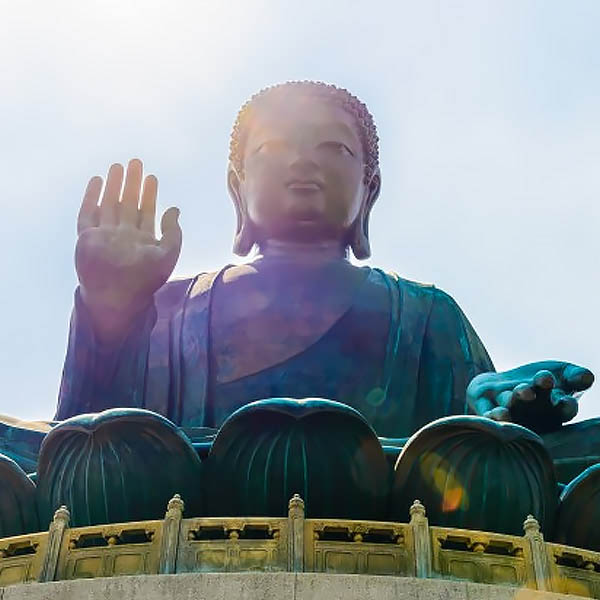Просмотр содержимого документа
«About Roman Empire»
Roman Empire
From Wikipedia, the free encyclopedia
Jump to navigationJump to search
For other uses, see Roman Empire (disambiguation).
| Roman Empire Senatus Populusque Romanus (Latin) Imperium Romanum[n 1] (Latin) Βασιλεία τῶν Ῥωμαίων (Ancient Greek)
Basileía tôn Rhōmaíōn |
| 27 BC–AD 395 (unified)[1][2]
AD 395–476/480 (Western)
AD 395–1453 (Eastern) |
|  Vexillum
with the imperial aquila  Imperial aquila |
|  The Roman Empire in AD 117 at its greatest extent, at the time of Trajan's death (with its vassals in pink)[3] |
| Capital | Rome
(27 BC–AD 286) Mediolanum
(286–402, West) Ravenna
(402–476, West) Nicomedia
(286–330, East) Constantinople
(330–1453, East)[n 2] |
| Common languages | |
| Religion | Imperial cult-driven polytheism
(Before AD 274) Joined by the henotheistic solar cult of Sol Invictus
(Before AD 380) Nicene Christianity
(officially from AD 380) |
| Demonym(s) | Roman |
| Government | Semi-elective, functionally absolute monarchy |
| Emperor | |
|
|
| • 27 BC – AD 14 | Augustus (first) |
| • 98–117 | Trajan |
| • 270–275 | Aurelian |
| • 284–305 | Diocletian |
| • 306–337 | Constantine I |
| • 379–395 | Theodosius I[n 3] |
| • 474–480 | Julius Nepos[n 4] |
| • 475–476 | Romulus Augustus |
| • 527–565 | Justinian I |
| • 610–641 | Heraclius |
| • 780–797 | Constantine VI[n 5] |
| • 976–1025 | Basil II |
| • 1143–1180 | Manuel I |
| • 1449–1453 | Constantine XI[n 6] |
| Historical era | Classical era to Late Middle Ages |
|
|
| • War of Actium | 32–30 BC |
| • Empire established | 30–2 BC |
| • Octavian named augustus | 16 January 27 BC |
| • Constantinople
becomes capital | 11 May 330 |
| • Final East-West divide | 17 January 395 |
| • Deposition of Romulus Augustus | 4 September 476 |
| • Murder of Julius Nepos | 9 May 480 |
| • Fourth Crusade | 12 April 1204 |
| • Reconquest of Constantinople | 25 July 1261 |
| • Fall of Constantinople | 29 May 1453 |
| • Fall of Trebizond | 15 August 1461 |
| Area |
| 25 BC[4] | 2,750,000 km2 (1,060,000 sq mi) |
| AD 117[4][5] | 5,000,000 km2 (1,900,000 sq mi) |
| AD 390[4] | 3,400,000 km2 (1,300,000 sq mi) |
| Population |
|
|
| • 25 BC[6] | 56,800,000 |
| Currency | sestertius,[n 7] aureus, solidus, nomisma |
| Preceded by | Succeeded by | | 
| Roman Republic |
| | Western Roman Empire | 
| | Eastern Roman Empire | 
|
|
|
The Roman Empire (Latin: Imperium Rōmānum [ɪmˈpɛri.ũː roːˈmaːnũː]; Greek: Βασιλεία τῶν Ῥωμαίων, translit. Basileía tôn Rhōmaíōn) was the post-Republican period of ancient Rome. As a polity, it included large territorial holdings around the Mediterranean Sea in Europe, North Africa, and Western Asia, ruled by emperors. From the accession of Caesar Augustus as the first Roman emperor to the military anarchy of the 3rd century, it was a principate with Italy as the metropole of its provinces and the city of Rome as its sole capital. Later, the Empire was ruled by multiple emperors who shared control over the Western Roman Empire and the Eastern Roman Empire. Rome remained the nominal capital of both parts until AD 476 when the imperial insignia were sent to Constantinople following the capture of the Western capital of Ravenna by the Germanic barbarians under Odoacer and the subsequent deposition of Romulus Augustulus. The adoption of Christianity as the state church of the Roman Empire in AD 380 and the fall of the Western Roman Empire to Germanic kings conventionally marks the end of classical antiquity and the beginning of the Middle Ages. Because of these events, along with the gradual Hellenization of the Eastern Roman Empire, historians distinguish the medieval Roman Empire that remained in the Eastern provinces as the Byzantine Empire.
The predecessor state of the Roman Empire, the Roman Republic (which had replaced Rome's monarchy in the 6th century BC) became severely destabilized in a series of civil wars and political conflicts. In the mid-1st century BC, Julius Caesar was appointed as perpetual dictator and then assassinated in 44 BC. Civil wars and proscriptions continued, eventually culminating in the victory of Octavian, Caesar's adopted son, over Mark Antony and Cleopatra at the Battle of Actium in 31 BC. The following year, Octavian conquered the Ptolemaic Kingdom in Egypt, ending the Hellenistic period that had begun with the conquests of Alexander the Great in the 4th century BC. Octavian's power then became unassailable, and in 27 BC, the Roman Senate formally granted him overarching power and the new title of Augustus, effectively making him the first Roman emperor. The vast Roman territories were organized in senatorial and imperial provinces except Italy, which continued to serve as a metropole.
The first two centuries of the Roman Empire saw a period of unprecedented stability and prosperity known as the Pax Romana (lit. 'Roman Peace'). Rome reached its greatest territorial expanse during the reign of Trajan (AD 98–117); a period of increasing trouble and decline began with the reign of Commodus (177–192). In the 3rd century, the Empire underwent a crisis that threatened its existence, as the Gallic Empire and Palmyrene Empire broke away from the Roman state, and a series of short-lived emperors, often from the legions, led the Empire. It was reunified under Aurelian (r. 270–275). To stabilize it, Diocletian set up two different imperial courts in the Greek East and Latin West in 286; Christians rose to positions of power in the 4th century following the Edict of Milan of 313. Shortly after, the Migration Period, involving large invasions by Germanic peoples and by the Huns of Attila, led to the decline of the Western Roman Empire. With the fall of Ravenna to the Germanic Herulians and the deposition of Romulus Augustus in AD 476 by Odoacer, the Western Roman Empire finally collapsed; the Eastern Roman emperor Zeno formally abolished it in AD 480. On the other hand, the Eastern Roman Empire survived for another millennium, until Constantinople fell in 1453 to the Ottoman Turks under Mehmed II.[n 8]
Due to the Roman Empire's vast extent and long endurance, the institutions and culture of Rome had a profound and lasting influence on the development of language, religion, art, architecture, literature, philosophy, law, and forms of government in the territory it governed. The Latin language of the Romans evolved into the Romance languages of the medieval and modern world, while Medieval Greek became the language of the Eastern Roman Empire. The Empire's adoption of Christianity led to the formation of medieval Christendom. Roman and Greek art had a profound impact on the Italian Renaissance. Rome's architectural tradition served as the basis for Romanesque, Renaissance and Neoclassical architecture, and also had a strong influence on Islamic architecture. The rediscovery of Greek and Roman science and technology (which also formed the basis for Islamic science) in Medieval Europe led to the Scientific Renaissance and Scientific Revolution. The corpus of Roman law has its descendants in many modern legal systems of the world, such as the Napoleonic Code of France, while Rome's republican institutions have left an enduring legacy, influencing the Italian city-state republics of the medieval period, as well as the early United States and other modern democratic republics.





























